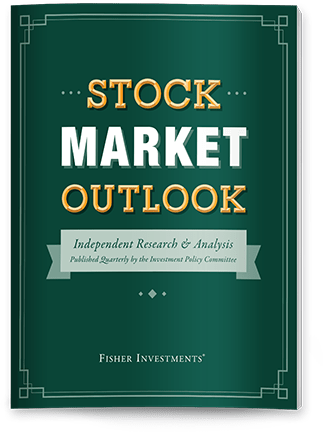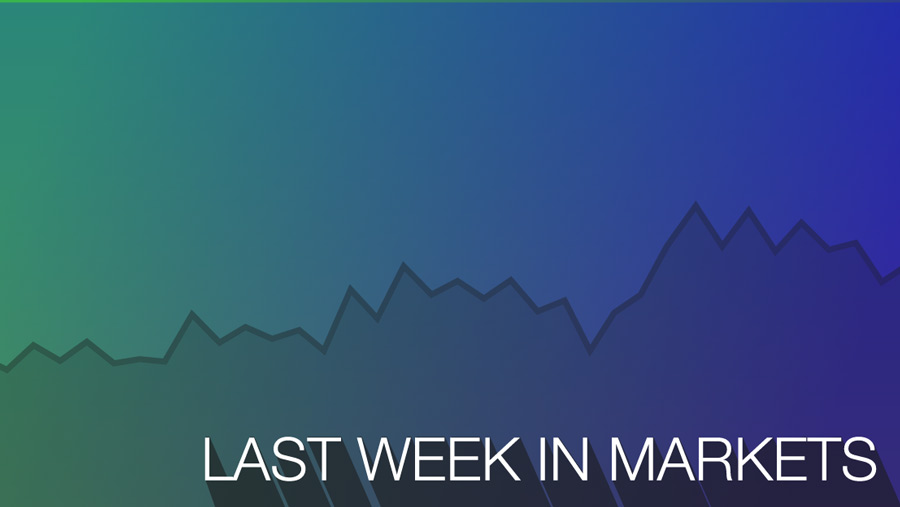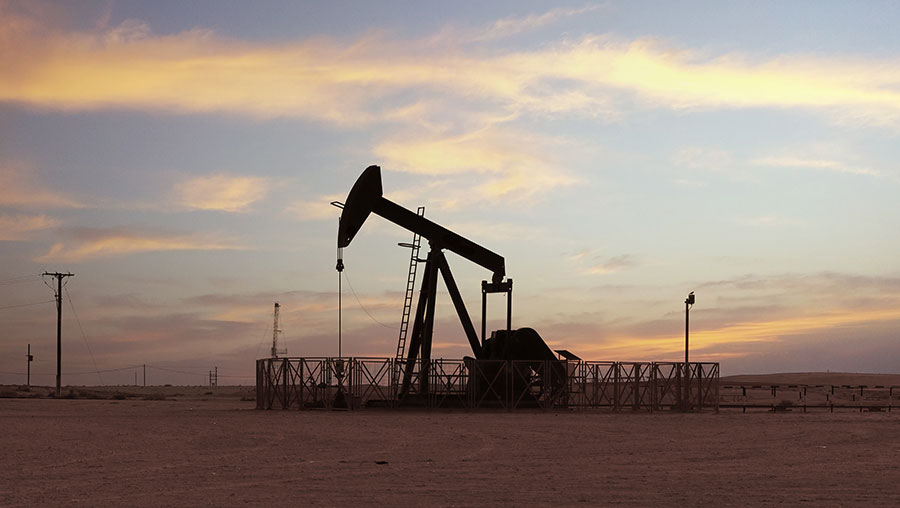Personal Wealth Management / Market Analysis
July US CPI: Tariffs Don’t Fuel Scorching Inflation
Price increases in some goods don’t constitute broad inflation.
Are the tariff chickens now coming home to roost?[i] According to a lot of the coverage of Tuesday’s US Consumer Price Index (CPI) report for July, the answer is yes, and brace for more. While headline inflation held steady at 2.7% y/y—a smidge slower than consensus expectations for 2.8%—that seeming stability came as falling energy prices glossed over rising prices elsewhere.[ii] Step back, though, and it all looks like a tempest in a teapot. We don’t think tariffs are an economic benefit, but we do think related inflation fears are overblown—a brick in this bull market’s wall of worry.
To see why, it is important to remember what inflation is: a broad rise in goods and services prices across the entire economy. It is not a rise in some prices. Or a big rise in some prices. At any time, some prices will surge while others inch, stagnate or fall. As they do, those prices will encourage consumers to adapt. Inflation is all about the totality. And for prices to accelerate across the entire broad economy, there has to be a force beyond tariffs (or rising business costs) to push them. That force is a fast money supply increase. Without it, consumers don’t have enough firepower to enable businesses to pass on costs. In June (the latest data released), US M4 money supply (the broadest measure) grew 4.1% y/y, a benign rate that coincided with cool inflation before COVID.[iii]
So when we look at July’s CPI report, we see modest inflation against a backdrop of modest money supply growth. Not much to shout about. But sentiment is still fairly negative these days, sending analysts on a hunt for signs of tariff-induced inflation. They found them in core CPI, which excludes food and energy and which accelerated to 3.1% y/y from 2.9% in June.[iv] When you look at the long arc of CPI history, a 0.2 percentage point move up or down in a month is hardly noteworthy, a normal wiggle. Yes, core goods prices have accelerated by over a full percentage point since March, but we are talking about a move from shallow deflation to a 1.2% y/y inflation rate in July, which would have had everyone grousing about too-slow inflation a decade ago.[v]
Note, we aren’t arguing tariffs have no effect. We will probably see more as reciprocal tariffs take effect this month and businesses work through stockpiled goods ordered earlier this year. Clothing, cosmetics, coffee, some foods, cars and others will probably see tariff-induced bumps where businesses are willing and able to pass them to consumers.
But this isn’t inflation, because again, inflation is a broad price increase across the entire spectrum. While Liberation Day tariffs get descriptors like “blanket,” that blanket is riddled with exemptions that keep over half of US imports tariff-free. This, along with the clever work of customs brokers, can help large businesses mitigate tariffs’ effect on their supply chain. Large firms also have the economies of scale needed to negotiate with suppliers to keep costs low. All of these tactics help keep tariffs from giving shoppers sticker shock.
And where that isn’t true, as with clothing, coffee, furniture and whatnot, these are niche corners of the CPI basket. Over 60% of the CPI basket is services, relatively insulated from tariffs.[vi] Energy, another 6.5% of the basket, has a lot of carveouts, and US energy supply is far from 100% imported.[vii] As for the particular tariff pain points? Coffee, near and dear to our hearts and wellbeing, is 0.1% of the CPI basket.[viii] Apparel is 2.5%.[ix] Prescription drugs, in the crosshairs of triple-digit tariff threats, are 0.9%.[x] Cosmetics are 0.3%.[xi] Furniture and bedding are 0.8%.[xii] Appliances? 0.2%.[xiii] Toys are 0.3%.[xiv] The largest tariff-heavy component is automobiles, with new cars at 4.3%.[xv]
Most of these categories are tiny. As real, notable and painful as the potential price increases in them may be, that isn’t inflation. It is the kind of category-specific movement that is nearly always present in the inflation report but hardly ever gets noticed because its sway on the headline reading is so minimal. That it gets noticed now is a sign of negative tariff sentiment, not worrisome inflation risk. But it isn’t actual inflation any more than higher hotel prices during Oasis or Taylor Swift concerts were actual inflation.
So think like markets do. They pre-price all widely known information, including fears and dreary inflation forecasts. Those fears and dreary forecasts help lower expectations. Stocks then move on the gap between reality and those expectations. False tariff inflation[xvi] fears are thus bullish, part of the proverbial wall of worry this bull market climbs.
[i] Not literally, this is a figure of speech. Especially in light of the fact live chicken imports have faced tariffs since the 1960s and Trump didn’t change the rate.
[ii] Source: FactSet, as of 8/12/2025.
[iii] Source: Center for Financial Stability, as of 8/12/2025.
[iv] Source: FactSet, as of 8/12/2025.
[v] Ibid.
[vi] Ibid.
[vii] Ibid.
[viii] Ibid.
[ix] Ibid.
[x] Ibid.
[xi] Ibid.
[xii] Ibid.
[xiii] Ibid.
[xiv] Ibid.
[xv] Ibid.
[xvi] Tarifflation?
If you would like to contact the editors responsible for this article, please message MarketMinder directly.
*The content contained in this article represents only the opinions and viewpoints of the Fisher Investments editorial staff.
Get a weekly roundup of our market insights
Sign up for our weekly e-mail newsletter.

You Imagine Your Future. We Help You Get There.
Are you ready to start your journey to a better financial future?

Where Might the Market Go Next?
Confidently tackle the market’s ups and downs with independent research and analysis that tells you where we think stocks are headed—and why.





